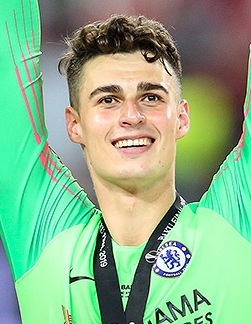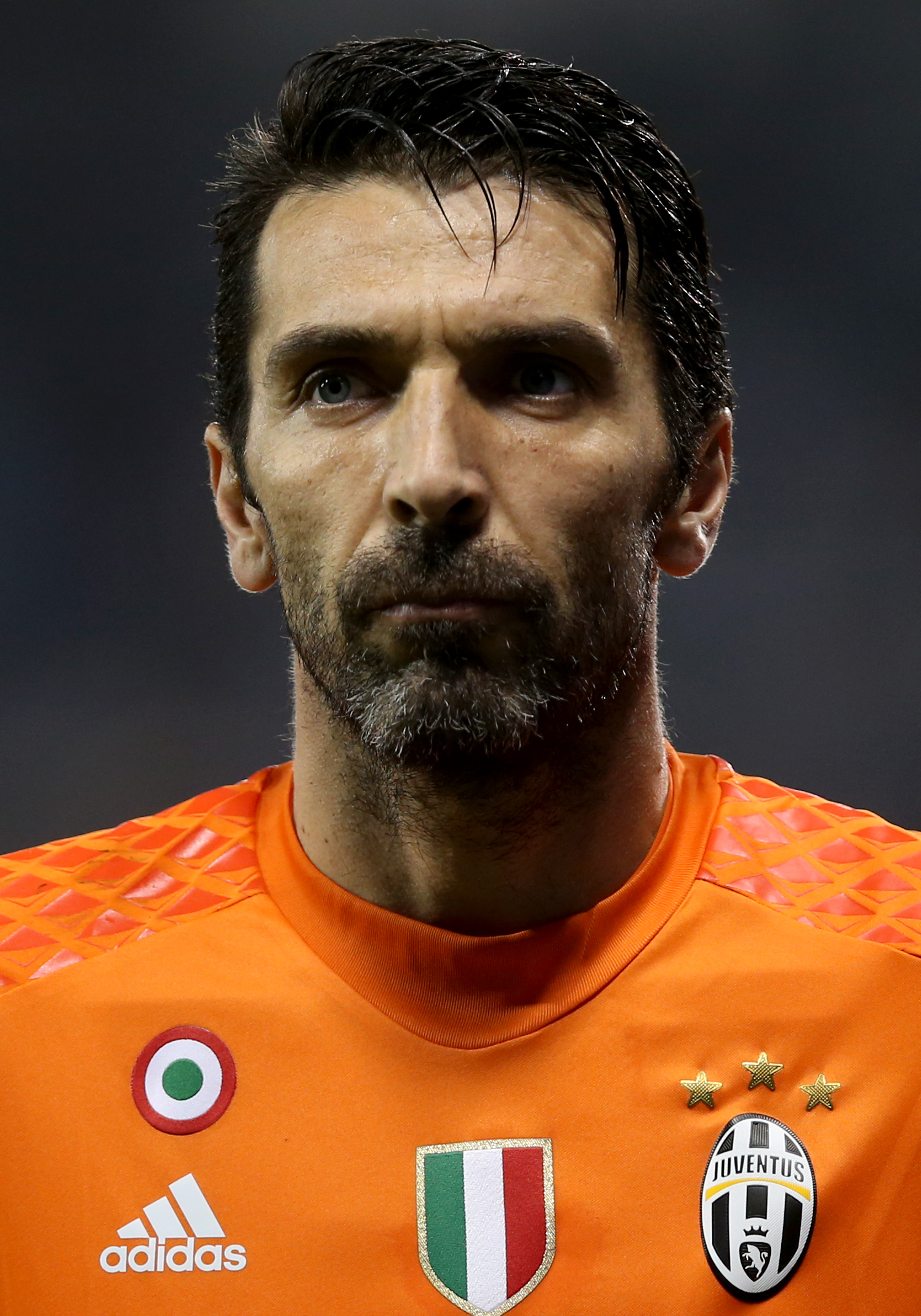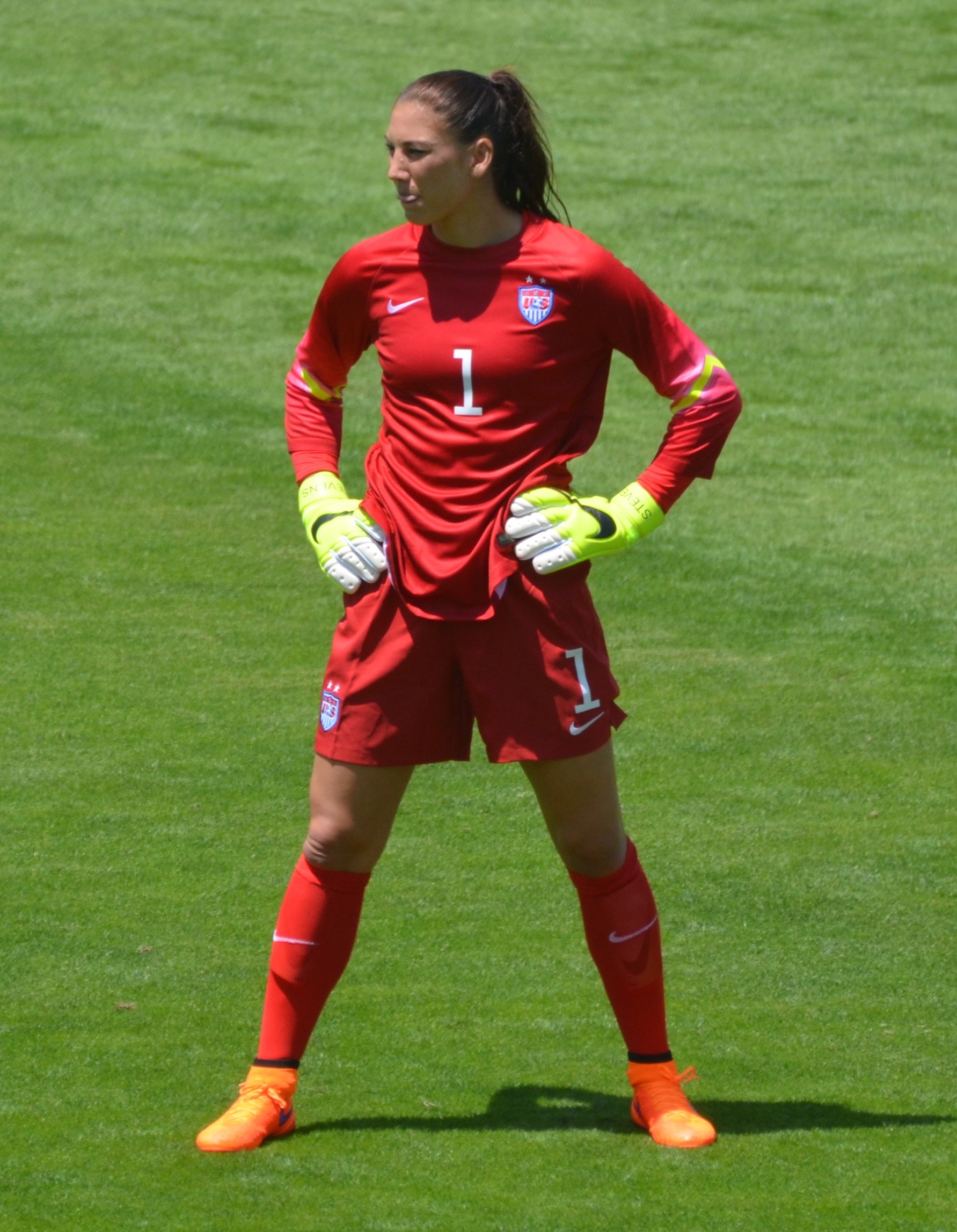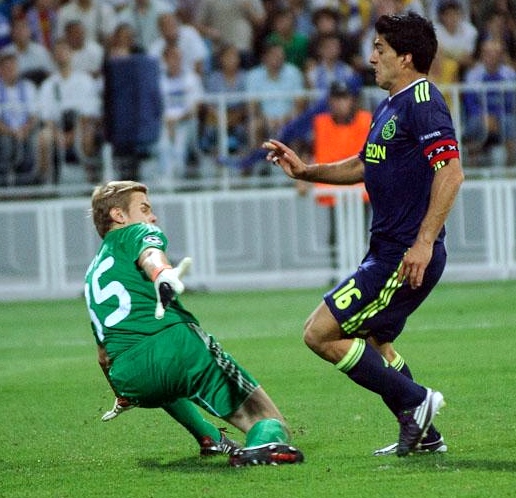Soccer goalkeepers
Enlarge text Shrink textThe goalkeeper (sometimes written as goal-keeper, abbreviated as GK, keeper, keeps, or goalie) is a position in association football. It is the most specialised position in the sport. The goalkeeper's main role is to stop the opposing team from scoring a 'goal' (i.e. putting the ball over the goal-line). This is accomplished by having the goalkeeper move into the trajectory of the ball to either catch it or direct it further from the vicinity of the goal line. Within the penalty area, goalkeepers are allowed to use their hands, giving them (outside throw-ins) the sole rights on the field to handle the ball. The goalkeeper is indicated by wearing a different coloured kit from their teammates and opposition. The back-pass rule is a rule that disallows handling passes back to keepers from teammates in most cases. Goalkeepers usually perform goal kicks, and also give commands to their defence during corner kicks, direct and indirect free kicks, and marking. Goalkeepers play an important role in directing on field strategy as they have an unrestricted view of the entire pitch, giving them a unique perspective on play development. The goalkeeper is the only mandatory position of a team. If they are injured or sent off, another player must take their place. In order to replace a goalkeeper who is sent off, a team usually (but is not required to) brings on a substitute keeper in place of an outfield player to ensure they still play an outfield player down. If a team does not have a substitute goalkeeper, or they have already used all of their permitted substitutions for the match, an outfield player has to play as goalkeeper. Because the position requires different skills from the outfielders, goalkeepers train separately from their teammates and often work with a goalkeeping coach to develop their play. While outfielders typically must be in good cardiovascular shape to play up to 90 minutes in a match, a goalkeeper must be able to move quick and have fast feet for little bursts. During a match, goalkeepers may get a lot of action, usually in brief intervals, until their teammates can clear the ball out of the zone. During practice, goalkeepers focus heavily on footwork and being able to get up quickly after a save is made. It is important that a goalkeeper is able to get set, meaning feet shoulder width apart and on their toes, before the next shot comes their way, so they are able to react and make the save. As with all players, goalkeepers may wear any squad number, but the number 1 is almost always reserved for a team's first-choice goalkeeper. The goalkeeper is notaby the only position that is not included in formations. This is because the goalkeeper is the only non outfielder position & the only compulsory position in football. Though not essential, goalkeepers are typically tall players due to the height of the goal & the number of crosses, corners & high shots in football.
Read more on Wikipedia >
 Topic
Topic













